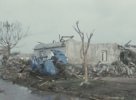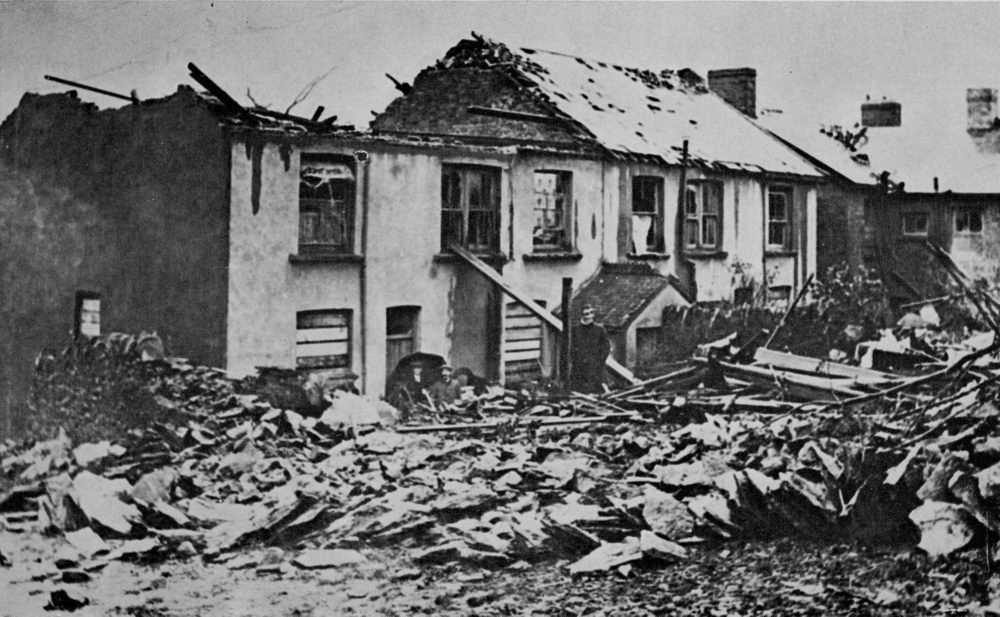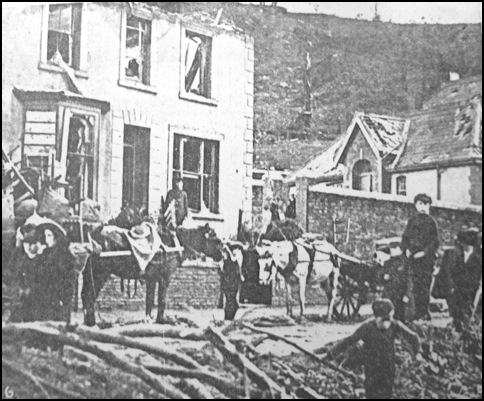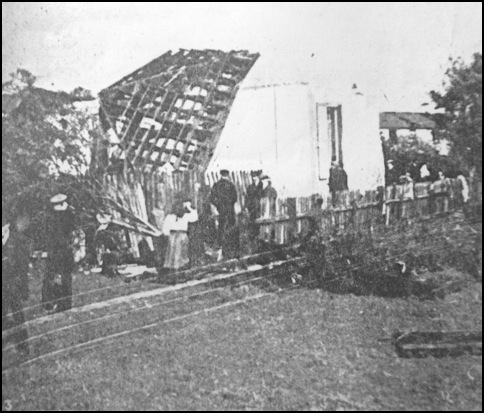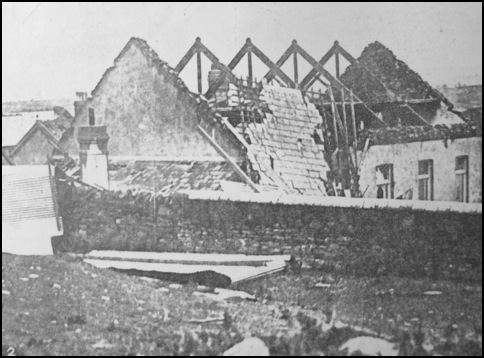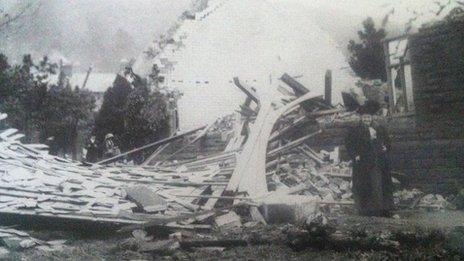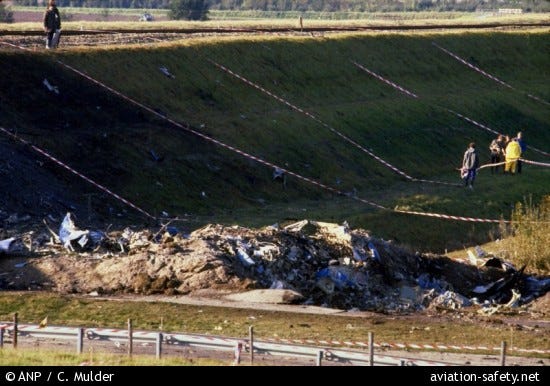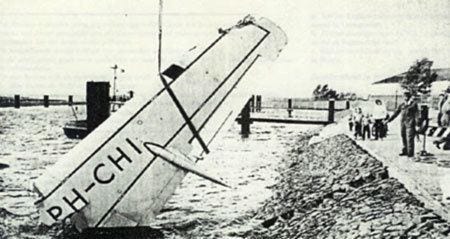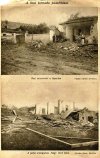Hi All. Just made an account so this is the first time posting on here - hope all goes okay
Being from the UK naturally I am drawn to tornadoes/tornadic activity in the UK the most, and while we do seem to get a lot of tornadoes, they are very rarely strong-intense. However we still do get them occasionally, albeit short-tracked, usually small and never photogenic. (Being an island probably doesn't help allow the robust instability necessary for proper big-time supercells, any source region will usually have to travel over some sort of ocean/sea)
These are the 2 strongest tornadoes I would say since 2000:
#2 - London Tornado, 2006 (T5 - EF2)
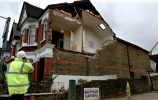


Damage mainly roofs and exterior walls. Peak intensity occurred, where the entire roof was ripped and part of the upper floor's walls were damaged. Formed via a mesovortex similar to QLCS tornadoes in the states.
#1 - Birmingham Tornado in July 2005. (T5/T6 - EF3)
The strongest tornado in the UK for 40 years or something like that. Similarly to some discussions regarding the Czech Tornado, most if not all buildings in the UK are made of brick and/or stone, and so damage indicators do differ slightly, especially with higher end damage. Numerous homes and buildings had their entire roofs ripped off. Some houses had most or almost all of the entire upper floor destroyed. Probably some of the most high-end damage caught in modern photos in the UK. Tim Marshall went out to survey this one. Formed from a supercell moving north with a warm front. A couple of other weak tornadoes occurred this day as well.






Being from the UK naturally I am drawn to tornadoes/tornadic activity in the UK the most, and while we do seem to get a lot of tornadoes, they are very rarely strong-intense. However we still do get them occasionally, albeit short-tracked, usually small and never photogenic. (Being an island probably doesn't help allow the robust instability necessary for proper big-time supercells, any source region will usually have to travel over some sort of ocean/sea)
These are the 2 strongest tornadoes I would say since 2000:
#2 - London Tornado, 2006 (T5 - EF2)



Damage mainly roofs and exterior walls. Peak intensity occurred, where the entire roof was ripped and part of the upper floor's walls were damaged. Formed via a mesovortex similar to QLCS tornadoes in the states.
#1 - Birmingham Tornado in July 2005. (T5/T6 - EF3)
The strongest tornado in the UK for 40 years or something like that. Similarly to some discussions regarding the Czech Tornado, most if not all buildings in the UK are made of brick and/or stone, and so damage indicators do differ slightly, especially with higher end damage. Numerous homes and buildings had their entire roofs ripped off. Some houses had most or almost all of the entire upper floor destroyed. Probably some of the most high-end damage caught in modern photos in the UK. Tim Marshall went out to survey this one. Formed from a supercell moving north with a warm front. A couple of other weak tornadoes occurred this day as well.









